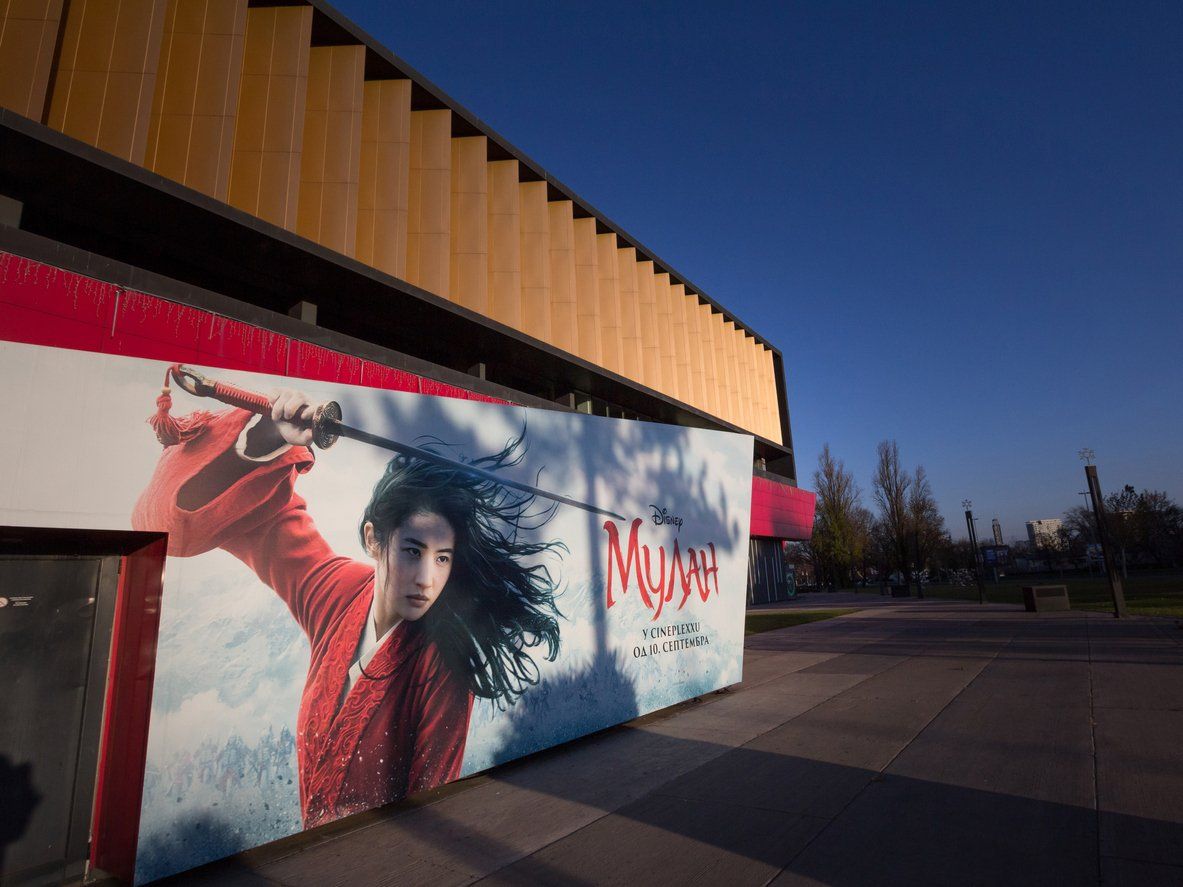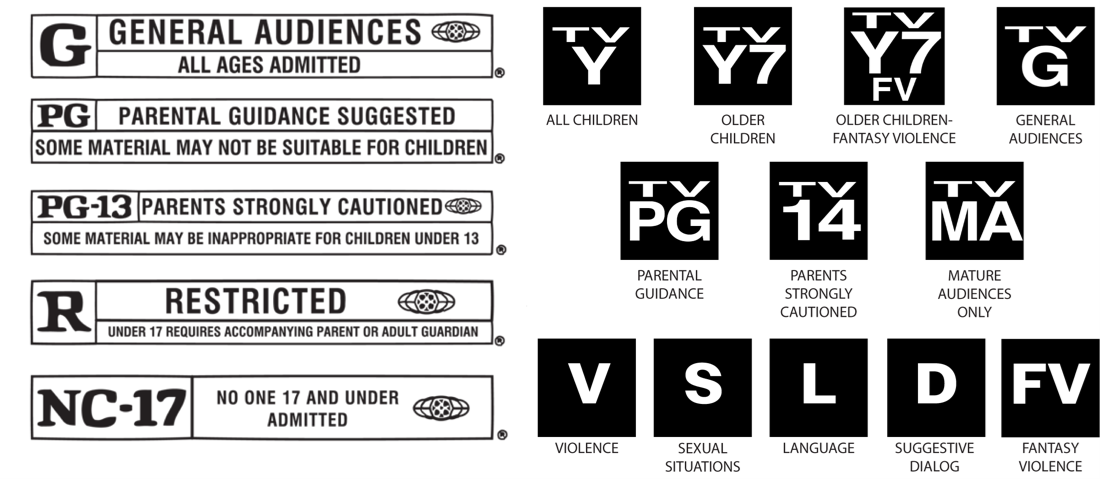The Mulan Controversy
Disney’s new film “Mulan” has become a worldwide sensation, but not for the reasons one might think. The live-action film has generated an unusual amount of political debate. “Mulan,” directed by Niki Caro, is Disney’s remake of its 1998 animated film, based on the classic Chinese ballad. Due to the pandemic, the studio released the film on its streaming service Disney+, with plans to screen the film theatrically in countries where cinemas are open.
After keeping quiet calls to boycott the film dominated social media, top Disney brass admitted that a string of controversies created issues for the studio. During a virtual conference , chief financial officer Christine McCarthy discussed the challenges faced by Disney before and after the release of the film.
How does an innocent remake of an animated classic explode into a social media nightmare for a studio specializing in family fare? In this case, several things went wrong for Disney.
The Hong Kong Protests Controversy
In February 2019, China introduced a contentious extradition bill which allowed criminals to be transferred freely between Hong Kong, Taiwan, Macau and mainland China. Critics feared that the bill would be exploited to allow Hong Kong to send criminal suspects to mainland China. The people of Hong Kong saw it as one more attempt by the Chinese Communist Party to encroach on its freedom. Citizens protested strongly and the anti-extradition bill movement evolved into a pro-democracy movement . In retaliation, the Hong Kong Police used aggressive force to discourage protesters which increased the divide between the Hong Kong police and citizens.
Amid the protests, notable Chinese figures such as Jackie Chan and Liu Yifei , among others, voiced their support for both the Chinese government and the Hong Kong police. Liu, a naturalized American citizen, is the lead character who plays Mulan. She shared a meme which was construed as support for the Hong Kong police. It did not take long for the post to circulate and spark backlash from pro-democracy supporters. With that, the call began for a boycott of “Mulan” and #BoycottMulan started to trend in several countries. The second problem for “Mulan” is its filming location.
The Uighur Dispute
It appears parts of “Mulan” were filmed in Xinjiang , China, two years ago. Viewers noticed this in the credits when Disney thanked eight government bodies in Xinjiang, a western province in China where around 2 million Uighur Muslims have been allegedly forced into concentration camps by the Chinese government. The film credits specifically praise the police security bureau in Turpan , a city in eastern Xinjiang with a large Uighur population. Experts say that bureau is tasked with running some of the internment camps and was blacklisted last year by the U.S. Commerce Department.
The outcry over the filming location now includes U.S. lawmakers . Politicians from both parties have already criticized China over a range of issues in the run-up to the November 2020 elections. American politicians fired off vehement missives against Disney. Representative Mike Gallagher, Republican of Wisconsin, tweeted that “while the CCP is committing crimes against humanity in Xinjiang, @Disney thanked four of the propaganda departments that are lying to the world about these crimes. It also thanked the Turpan Public Security Bureau, which is on the entity list for its role in these atrocities.”
Reactions Against Direct to Streaming Release
Even in Europe, the strife doggedly follows “Mulan.” The news that Disney would bypass cinemas by premiering “ Mulan ” directly onto Disney+ provoked a furious backlash from international exhibitors who felt the studio was declining support in times of need. In France, Gerard Lemoine, a frustrated theater owner, displayed his anger with Disney’s decision in an extreme fashion. Lemoine, who owns the French indie venue Cinepal in Palaiseau, posted a video of him destroying “Mulan” pop-up art via Twitter. Lemoine’s video has over 328K views and the post received a substantial amount of replies.
Cultural Dissonance
Though Disney did its best to create a film that that would appeal to China, many Chinese viewers rejected the film as offensively inauthentic. “The Americans invited all the famous Chinese actors they could think of and piled together all the Chinese elements that they could find to create this car crash,” reads one of the most popular reviews . “It’s full of Western stereotypes and conjectures about China, and particularly ancient China.”
Many viewers in China felt that Disney’s new heroine starts out from childhood already equipped with superhero-like abilities, thanks to her extraordinary reserves of “qi.” While Chinese viewers are familiar with the concept of “qi,” they are puzzled by Disney’s take on the vital energy traditionally considered to underlie the practice of Chinese medicine and martial arts, asking: “What exactly is ‘qi’ here?”- hinting that concepts were applied without any real understanding of the cultural roots.
“Mulan,” much like “ Crazy Rich Asians ” was initially celebrated in the West for being a landmark for Asian American representation, due to its all-Asian cast . Yet many of the elements included to boost its cultural resonance have not succeeded in appealing to its target mainland audience.
One viewer wrote that the script’s constant repetition of the terms “loyal, brave and true” felt like “ a Google Translate take on Chinese .” In one scene, Mulan throws away all her protective armor in the middle of a battle. To the ethnic audience, the choice is obviously nonsensical, but it is also highly unfilial, since the garb is a treasured heirloom from her father.
Chinese audience members are familiar with the original ballad in its classical Chinese. They intimately know final lines — an allegory for gender equality that male and female rabbits look identical when running side by side. Numerous respondents laughed at how the film presents this by having the young heroine spot two rabbits in a field and commenting on how she could not determine their gender, calling the moment one of “forced East-West fusion.”
Once again, “Mulan” clearly demonstrates Hollywood’s lack of detail and accuracy in its attempt to bridge the cultural gap between the East and the West.
Disney’s chief financial officer Christine McCarthy said, in her statement addressing the criticism, “Let me just put something into context. The real facts are that “Mulan” was primarily shot — almost entirely — in New Zealand.” She continued, “In an effort to accurately depict some of the unique landscape and geography of the country of China for this period drama, we filmed scenery in 20 different locations in China.” McCarthy then explained, “It’s common knowledge that to film in China, you have to be granted permission. That permission comes from the central government. So, in our credits, it recognized both China and locations in New Zealand. I would just leave it at that, but it has generated a lot of issues for us.”
Authorities in China recently ordered media outlets not to cover “Mulan’s” release in China. While no official reason is given, reports conclude the international backlash relating to Xinjiang is likely the major cause.
Related Posts


SILICON VALLEY
2336-H Walsh Ave.
Santa Clara, CA 95051
+1(408) 550-2344
LOS ANGELES
3900 W Alameda Ave.
Burbank, CA 91505
+1(310) 496-7307









